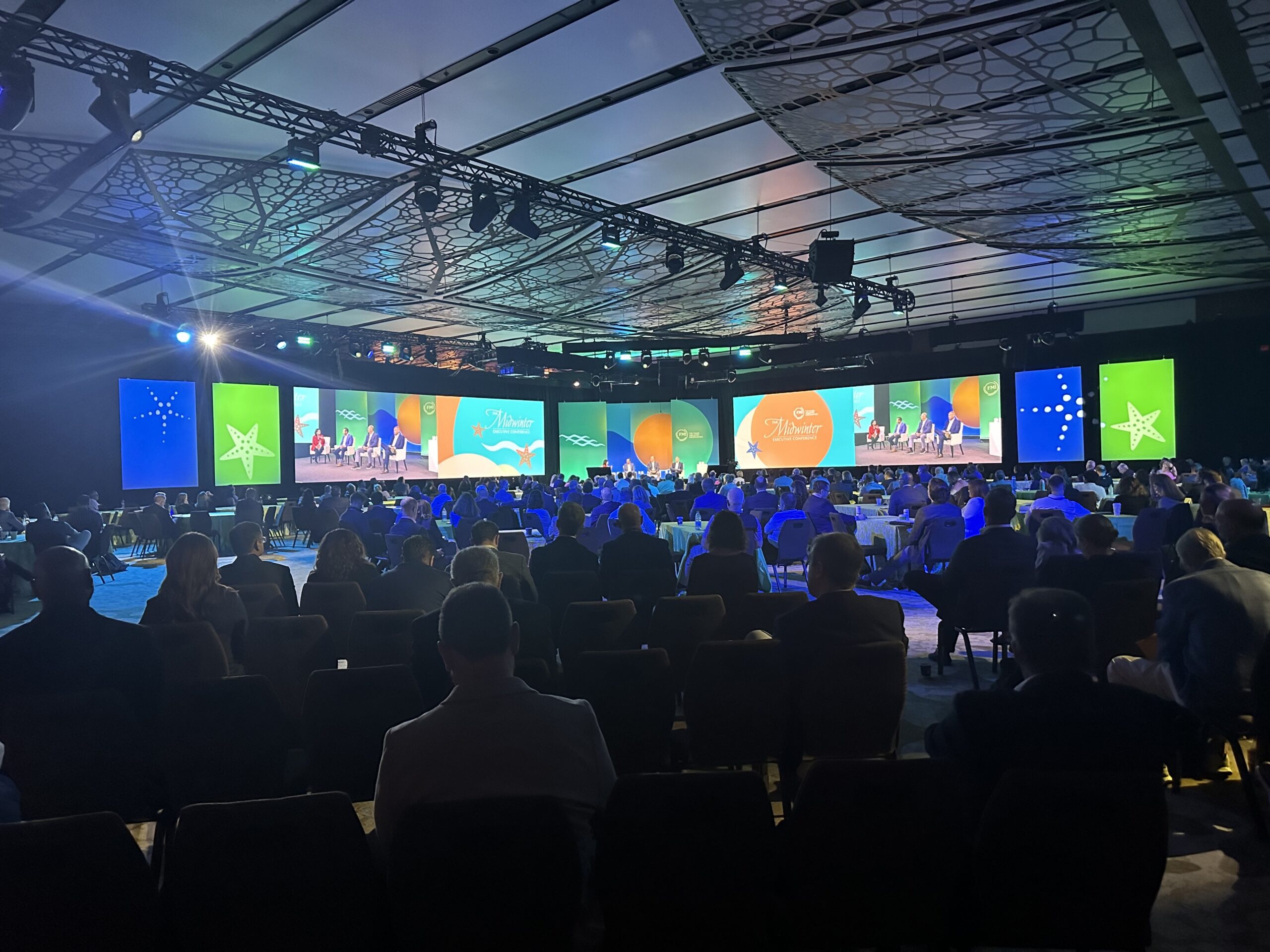As the number of consumers taking GLP-1 medications continues to grow, grocery shopping habits are continually evolving. Consumers are increasingly seeking nutrient-dense and high-protein foods as they navigate the side effects and dietary changes associated with their medications. The demand for clean-label products and meal solutions that address health and wellness needs is growing, as more individuals look for options that align with their dietary requirements and support sustainable weight management.
In response, grocers are offering tangible solutions such as more creative meal options and high-protein snacks while also offering relevant consumer education about nutritional choices.
“The food industry has an opportunity to support consumers with evidence-based dietary recommendations with the grocery store as a destination for health and well-being,” reads the Understanding Weight Loss Medications Executive Summary from FMI – The Food Industry Association. “Healthcare providers, nutrition professionals and pharmacists have an opportunity to work together with the patient and provide support for diet, lifestyle and medication management right in the grocery store setting.”
Retailers respond
Earlier this year, at FMI’s annual Midwinter Executive Conference, Hy-Vee CEO and Chairman of the Board Jeremy Gosch and Lowes Foods President Tim Low shared their insights on how the medications are changing shopping behaviors and how their stores are responding.
“One of the things that we are seeing, obviously, is a dramatic shift in the basket of folks that are switching to a GLP-1 solution,” Gosch said during a Midwinter panel discussion. “We have really begun to shift our offerings to make sure we’ve got high-protein items available, make sure our meal solutions are a protein and then a side dish that has a vegetable inclusion–particularly in our ready-to-go meal solutions.”
But those solutions and options don’t need to be complicated, Lowe explained.
“The reality is, the consumer is simple,” Lowe said. “The consumer is looking for nutrient-dense and no junk. That’s what they’re looking for. And so for us, we need to be able to go through the store and say, ‘How do we offer that?’–whether it’s in center store, on the walls or in (the) fresh (department).”
The change in shopping habits also brings opportunities, Lowe pointed out.
“One of the things we’ve done–and I love this–is we have what we call a ‘brown bag initiative,’ which is where there was not a clean-label version (of a product) for the industry out there, we kind of created our own,” Lowes said. “We call it the the ‘7 No’s.”
Those private brand items are free from artificial flavors, artificial preservatives, artificial sweeteners, synthetic colors, MSG, high-fructose corn syrup and hydrogenated or partially hydronated oils.
“We know, when we create a (7 No’s) label, that (shoppers) don’t have to actually read the label, they can just look at it and know that it is something that’s going to work for them,” Lowe said. “That’s that’s something that we’re trying to do just to meet the consumer where they’re at and understand where they’re going down the path of better health.”
Beyond the food aisle

That quest for better health doesn’t stop in the food aisles for the GLP-1 consumer, Gosch added.
“You think about even the HPC (household and personal care) aisles and what you need to do there as part of their meal solution with fiber enhancement and a lot of other factors they need for the digestive side effects that they’re seeing,” he explained. “So there is a big play across the store for blended profitability to help solve the needs of the consumer.”
Another retail avenue feeling the consumer shopping shift is convenience stores, Gosch said. Hy-Vee owns nearly 200 Fast & Fresh convenience stores throughout the Midwest.
“When you look at how convenience store meal solutions and snacking are shifting for what these individuals are looking for it’s something as simple as beef sticks and cheese that all of a sudden make a snack that’s very appetizing for a lot of individuals,” Gosch said. “One of the things that we always march toward is trying to make sure we’re solving the needs of our consumers. Protein shakes are (very) important to our consumer and, frankly, they’re a meal solution right now, especially in areas like c-stores. We’ve just watched explosive growth of protein-enhanced drinks.”
Regardless of a food retailer’s efforts, though, Gosch added, they won’t be well-received if they aren’t genuine.
“Whether you’re talking about marketing to a different demographic or whatever you’re doing, it’s all about authenticity and knowing where they’re at, and that’s what I think about all the time,” Gosch said. “You just need to really be understanding and be ahead of where your consumer is going to make sure that you’re offering what they need at that moment when they need it because, I think at the end of the day, that’s where you’re going to win.”
Recent related stories:
- Technology innovations that are revolutionizing grocery as we know it
- Q&A: How a blueprint for the grocery industry began on an airport cocktail napkin
- What food retailers need to know about the shopper of tomorrow
_______________________________
If you liked this article, sign up to receive one of SmartBrief’s Food & Beverage newsletters. They are among SmartBrief’s more than 250 industry-focused newsletters.
